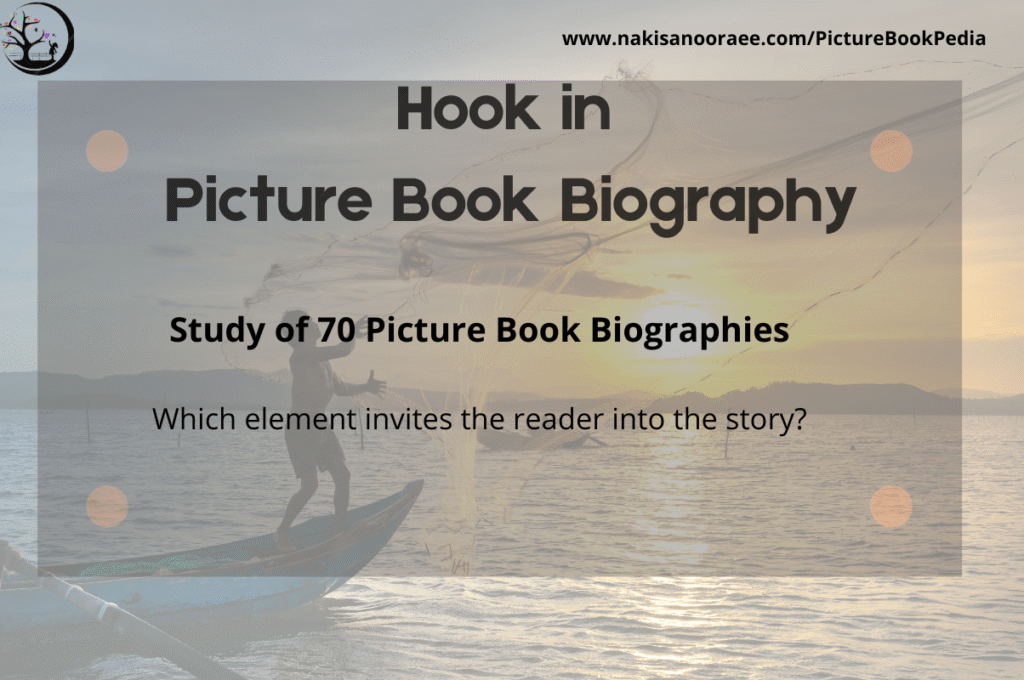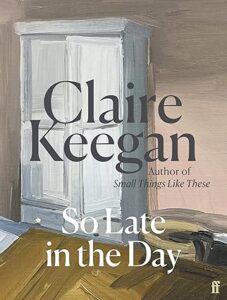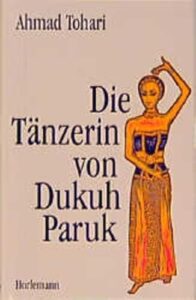“Hook the reader’s attention as early as you can.” You’ve probably heard this piece of writing advice a gazillion times. But how often does it actually work? Especially in picture book biographies? I became curious.
My Study
I read only the first two spreads of seventy traditionally published picture book biographies. In a table, I summarized the content of the spreads and, in a fourth column, noted whether I wanted to read further or not, and if so, why? I wrote any questions that came to mind after reading the first two spreads.
I did my best to ignore the illustrations and marketing blurbs (e.g., “bestseller,” “award-winning author,” “heartwarming story”). I also avoided reading any reviews or comments. My goal was to focus solely on the text and observe how my brain reacted. Did I want to turn the page and read the next spread or not?
At the end, I looked at the fourth column. Want to guess how many entries were blank?
But first, these are the biographies in my study that spark questions in my mind. The following list is in no particular order. Please click here to see a good quality image of this table; the settings of WordPress on my website are very messy (sorry!)
| Title (Author, Illustrator) | Spread 1 | Spread 2 | Reading more? My questions |
| Secrets of the Sea (Evan Griffith, Joanie Stone) | First day in Sicily | Looking for a job. What would she become | Why the first day? Is it a holiday? Is she going to find a job? Which job? |
| The Boo-Boos That Changed the World (Barry Wittenstein, Chris Hsu) | Once upon a time… the end | direct speech .. you see.. | The humour of the first spread invited me to read more. |
| Cubs in the Tub (Candace Fleming, Julie Downing) | Husband and wife want a baby | No baby, until… | Until what? What happened? Did they have a bay, or not? |
| Because Claudette (Tracey Baptiste, Tonya Engel) | Claudette didn’t give up her seat on the bus for a white person and got arrested | Parents ask a lawyer to help. | I feel sympathy for the character (she was right) and worry (what happened to her next). Can the lawyer help her? What happened to her work and life afterwards? |
| Planting Stories (Anika Aldamuy Deniser, Paola Escobar) | Left her country. Stories traveled with her. | a new life in New York | What happens to her in New York? What is her new life? |
| Jack and Warnie weren’t just brothers. They were different | Warnie looks outside; Jack reads books | How different? What happens to them when they grow up? Did they write a story together? | |
| Flight For Freedom (Kristen Fulton, Torben Kuhlmann) | Life was very different | East Germany vs. West Germany | The differences attracted my attention. |
| refugees in boats | He left the lift jackets and an idea curled | What is his idea? How can a life jacket be inspiring? |
What about the rows with an empty fourth column? What was the difference between them and the rows with a filled fourth column? Both appear to provide similar types of information, such as..
- The character’s birth
- The character’s favorite animals, activities, or profession (related to the profession in adulthood)
- The character’s trait (e.g., she was curious)
- The Story’s setting (e.g., the character’s location)
But the rows with an empty fourth column were merely descriptions. They aimed to inform the reader, not intrigue her. In other words, they didn’t lead to any questions being generated.
Description vs. Story
Description tells us what happened—the character did this, then did that. Story, on the other hand, shows us how and why those events mattered.
It is worth noting that lyrical language doesn’t change the nature of a descriptive text. Compare these two sentences (I took them from my drafts that are now resting in peace forever in the trash bin):
- She liked stargazing (description, telling)
- On crisp, moonlit nights, she lay beneath the calm whisper of autumn air, her eyes dancing over silver ribbons of starlight that shimmered against the velvet sky, each twinkle carrying the faint, honeyed scent of night-blooming jasmine. (description, lyrical language)
Don’t let the sensory details and the lyrical language of the second sentence distract you; it’s still a description, not a story element. It doesn’t show any change or any action, and there is no stake or question. It is simply a snapshot, not a narrative.
A story needs descriptions. But blocks of descriptions aren’t enough to build a story.
I think of descriptions as the walls of a house: you can’t build anything without them, but walls alone don’t make a home. You also need windows to let in light (stakes and curiosity), doors to allow movement (choices and consequences), and an iron skeleton for support (structure and voice).
Why does seeding questions work, but description doesn’t?
Over 300,000 years of evolution, nature optimized our brains to conserve energy—energy was always scarce, and the human brain consumes a lot of it. Our default setting is “power-saving mode” until something jolts us out of it—an alarm signaling danger, or a question that sparks curiosity.
A reading journey begins in that same power-saving mode. It’s the writer’s craft that snaps the brain into full alert. Not on page ten or chapter three (that’s too late), but on the very first page.
When a story poses a question or includes information gaps, it activates the brain’s reward circuitry. The brain demands the answer (the reward), even though it costs energy to focus and read further. In simple words, the reader feels the urge to turn the page.
Is it realistic to expect the reader to care about the character and her interests on the first page? Our brain produces oxytocin (the hormone of empathy) when we are emotionally engaged in the story. But why would the reader be emotionally engaged with the character right away? This would never happen.
When a book starts with description, the brain shrugs at ‘The character did this, then that,’ and asks, ‘So what does it have to do with me? Why would I waste my energy reading about the life of a person who died years ago?’
A foreseeable failure.
So, we have only one way to convince the brain to invest its valuable energy: hook it with a question. Right away.
My previous blog posts are available at PictureBookPedia and ChapterBookPedia. Beginning June 2025, I’ll start a new blog post series, Books on Craft.
If you prefer, you can read my blog posts on Substack also.
Please stay tuned.




